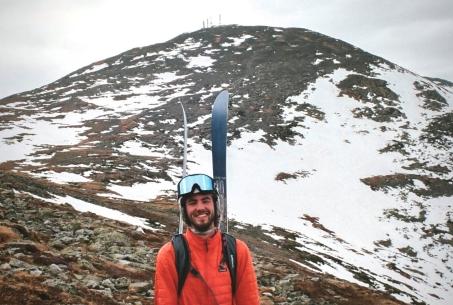
Outdoor recreation has been an integral part of New Hampshire’s identity for over 100 years. As the state has grown and changed, the outdoor industry and its significance have changed as well. With this heritage comes many “firsts.” The cable chairlift, downhill race courses, and the aerial tramway are just a few of the firsts that our state can lay claim to (Allen).
There are currently nineteen ski areas that operate in New Hampshire. Each of these contribute their own unique personalities, characteristics, and offerings to residents and visitors across New England. From a financial standpoint, the ski industry and its supporting industries are estimated to contribute roughly $1.3 billion (as of 2019) to New Hampshire’s annual economy (Stroka). This revenue helps stimulate employment and development throughout the state, providing nearly 10,000 jobs to New Hampshire residents (Stroka). In rural areas, ski mountains have helped facilitate and strengthen economic growth in regions that may otherwise lack industry and infrastructure.
Climate change and its anticipated impacts pose a significant threat to the current and future stability of the ski industry across New England. Climate models from the Environmental Protection Agency (EPA) suggest that, in the next 25 years, rainfall and average temperatures are expected to increase during the winter and spring months (US GCRP). Given a ski area’s dependency on low temperatures and natural snowfall, these changes will be especially detrimental to ski area operations in New Hampshire. In order to persist through seasons of less snowfall, quicker snowmelt, and a shorter ski season altogether, adaptation measures must be communicated and implemented statewide.
